New treatment for Status Epilepticus ‘starves’ problematic neurons
This technology uses 2-deoxy-D-glucose (2DG) as a novel treatment for Status Epilepticus (SE).
2DG is a glucose analog that blocks glycolysis and subsequently stops SE by “starving” the neurons causing seizures. In response to cellular energy demand, neuronal glucose transporters uptake both glucose and 2DG; however, 2DG cannot undergo isomerization and thereby inhibits the subsequent steps of glycolysis necessary for neuronal energy production. The 2DG compound differs from glucose only by removal of an oxygen atom at the 2-position.
Like glucose, 2DG undergoes cellular uptake through glucose transporters in response to cellular energy demand followed by phosphorylation at the 6-position, but unlike glucose-6-phosphate, 2DG-6-phosphate cannot undergo isomerization, and thereby reversibly inhibits subsequent steps of glycolysis. 2DG offers the opportunity of a novel mechanism of action compared to all marketed anticonvulsants, particularly with its property of focal enhanced delivery to regions of brain circuitry experiencing seizure activity. The latter mechanism is likely to be very effective for treatment of SE, which dramatically increases 2DG uptake due to enhanced focal glucose metabolism in the brain regions driving SE.
Additionally, 2DG activity is independent of the extracellularly available concentration of GABA receptors, thereby offering possibility to overcome the time limitation associated with GABA receptor internalization after SE onset.
